
Review: Symetrix Jupiter
An audio DSP with a library of pre-built modules.
Review:/ Michael O’Connor
The Jupiter DSP product line from Seattle-based manufacturer Symetrix aims to allow everything from complex to straight-forward audio applications to be easily programmed, installed and controlled all with simple and intuitive graphical user interfaces.
What is different about the Jupiter product line is how they are configured. While Symetrix label the configurations within the Jupiter line of products with the cool title ‘apps’ they are essentially pre-built module configurations, and are a way of promoting (or disguising) a closed-architecture DSP product. It’s closed in the sense that the app architectures cannot be modified, but it’s open in the sense that there are many apps to choose from and each piece of hardware can be purposed specifically for the application at hand. You choose the hardware based on the I/O requirements, choose the app based on the job application, then dial in the settings and you’re done.
There are approximately 30 apps for each of the product models – Jupiter-4 (4 x 4 I/O), Jupiter-8 (8 x 8 I/O) and Jupiter-12 (12 x 4 I/O). As you would expect, Symetrix has been expanding the library in response to customer demand since Jupiter’s release.
Jupiter apps are comprised of an extensive library of signal routing and processing modules including gain sharing and gating auto-mixers, matrix mixers, priority paging mixers, feedback fighters, FIR filters, and ambient SPL computers, to name just a few.
All inputs are software selectable for line or mic with phantom power. Each hardware unit also has one Ethernet port for control and configuration and dedicated external controller using Symetrix’s ARC range of wall panels. There are also digital or analogue control voltage inputs and open collector outputs.
MORE INFO
Manufacturer
Symetrix: www.symetrix.co
Australian Distributor
Production Audio Video Technology: +61 (0)3 9264 8000 or www.pavt.com.au

STRICTLY STANDALONE
It should be pointed out that the Jupiter platform is designed for a wide range of routing, processing and reinforcement applications – but no acoustic echo cancellation is on board. It should also be noted that Jupiter is a stand-alone platform that is not expandable beyond a single unit.
Being a closed-architecture product, it’s definitely not going to be everyone’s cup of tea. The main constraint I see for first-time users and ‘traditional’ audio programmers is choosing an app that suits your project or event. As the Jupiter line of products is not a true ‘drag and drop’ DSP, the long list of app titles available to select from, might take a few integrators and programmers by surprise when they first launch the software. However it is reassuring to know that it’s also impossible to run out of DSP power – because of the fixed architecture nature all modules within an app can be fully activated.
Symetrix promotes the Jupiter range as the “zero learning curve DSP”, and I’d concur. Once you spend some time familiarising yourself with the accessible apps, the processor is actually good value. The amount of DSP is very impressive, and the quality of sound is also very good.
SIMPLICITY IN THE FIELD
From personal experience using the 8 x 8 in a few background music applications and bar/nightclub venues, I found the control layout made sense. The connection wizard made for a very simple hardware discovery process that takes you step-by-step through connections process, so it was easy to get up and running. The low-noise preamps made for a very natural sound.
For multi-zone installations such as bars and restaurants, the collection of available ‘Sound Reinforcement’ apps has proved invaluable in enabling our programmers to efficiently set up reliable and easily-deployable DSPs. With many of Melbourne’s busy hospitality environments operating nearly 24/7, setting up the audio system with minimum down-time is crucial for the establishments’ owners. Sound Reinforcement #12 has been a personal and regularly used favourite app for these projects, with its pre-loaded modules including high- and low-pass filters, 15-band graphic EQ, output limiting, plus eight bands of speaker management on each channel. It has been a real problem-solver for those quick turnaround projects where so much time is saved in site-file design.
LEARNING CURVE
However, it did take some effort getting accustomed to how the matrix mixer works with setting presets, something that should be explained more clearly the supplied Help file. The Tools menu, where the Jupiter’s Control Wizard and Config Manager live, allows for quite simple operating parameters to be assigned to Symetrix ARC (Adaptive Remote Control) wall panels or third-party controllers. The Preset Manager enables you to edit and create recallable presets, with an event scheduler for timed preset replays.
It was also quite easy to export the control IDs from the site file for use with third-party control systems. Symetrix has the complete list of control ID numbers available for each app under the ‘View External Controller’ section when you are first selecting your application. These numbers can also be conveniently found within each app in the custom preset dialog.


GIVE ME A REASON
In my view, there are two key reasons why Jupiter is worthy of consideration as a standalone processor.
Firstly, the value for money is excellent. When your application calls for an 8 x 8 DSP you’re looking at an MSRP of AU$1649. Often you’ll only get 6 x 4 I/O from competing brands for that kind of pricing.
The other drawcard is the introduction of the free and very useful ARC-Web controller to complement the existing range of ARC wall controllers. ARC-Web allows you to create a mobile or web user interface with up to 24 control commands per ARC-Web, and four ARC-Webs per device. This means that in a bar or restaurant application, staff can switch presets and adjust volumes from their mobile phone, laptop or tablet. You can also set passwords and different levels of security for each user, which is a nice feature. This makes the Jupiter package a very user-friendly system, and one where you don’t necessarily have to price in third-party control systems.
While keypad or push-button wall controllers might be less popular these days as control system manufacturers are opening up much more flexibility with iPad integration, you can still use Symetrix RS485 ARC wall panels for volume control, source and preset selection at fraction of the price of a new iPad and wall dock. The ARCs use Cat5 cable to link to the Jupiter processor, and you can typically get away with daisy-chaining up to four ARCs if the application requires multiple zones.
Any product that can deliver such ease of setup, with a low price tag and in a powerful frame is definitely going to attract some attention. As the baby brother to the SymNet range (open architecture) of products, Jupiter is becoming quite the solution for those challenging applications where budget-conscious clients come along with high expectations.

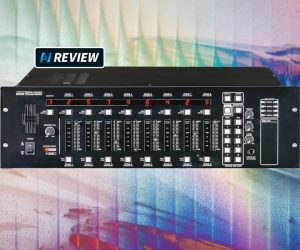

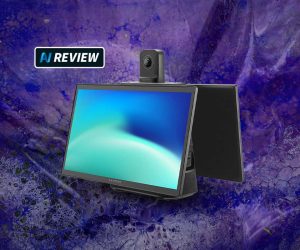
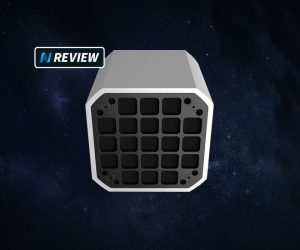

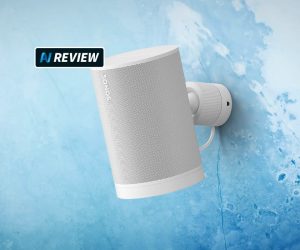
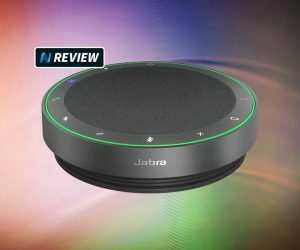

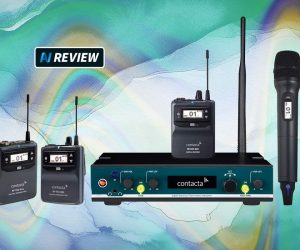

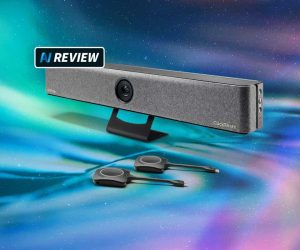
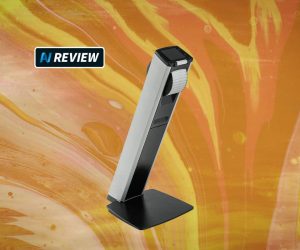


RESPONSES